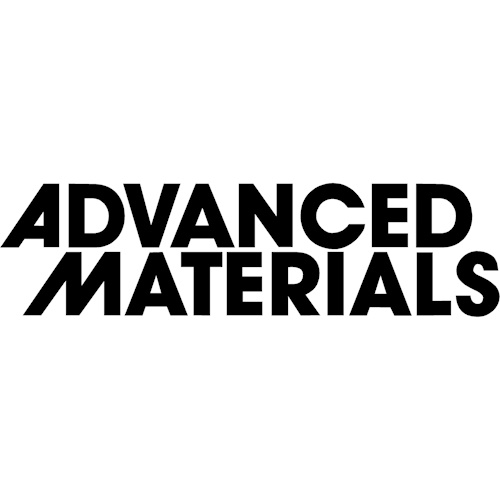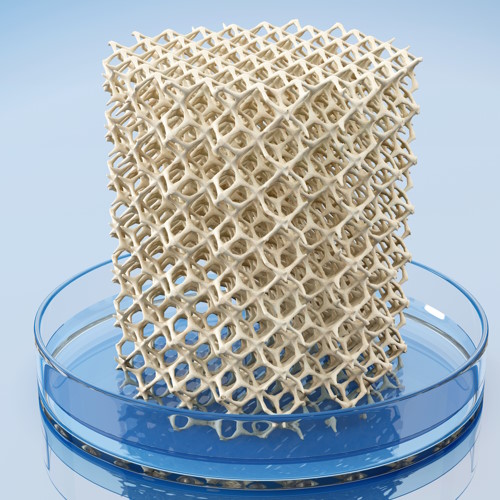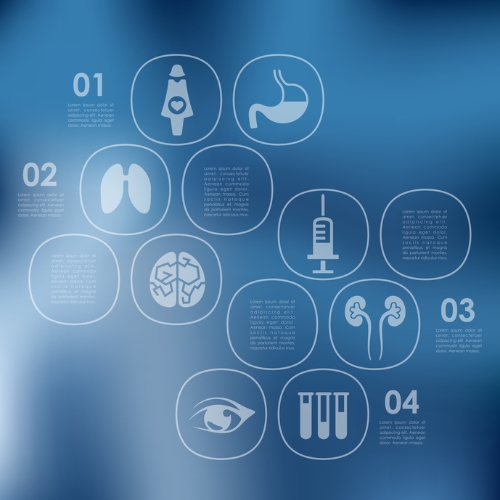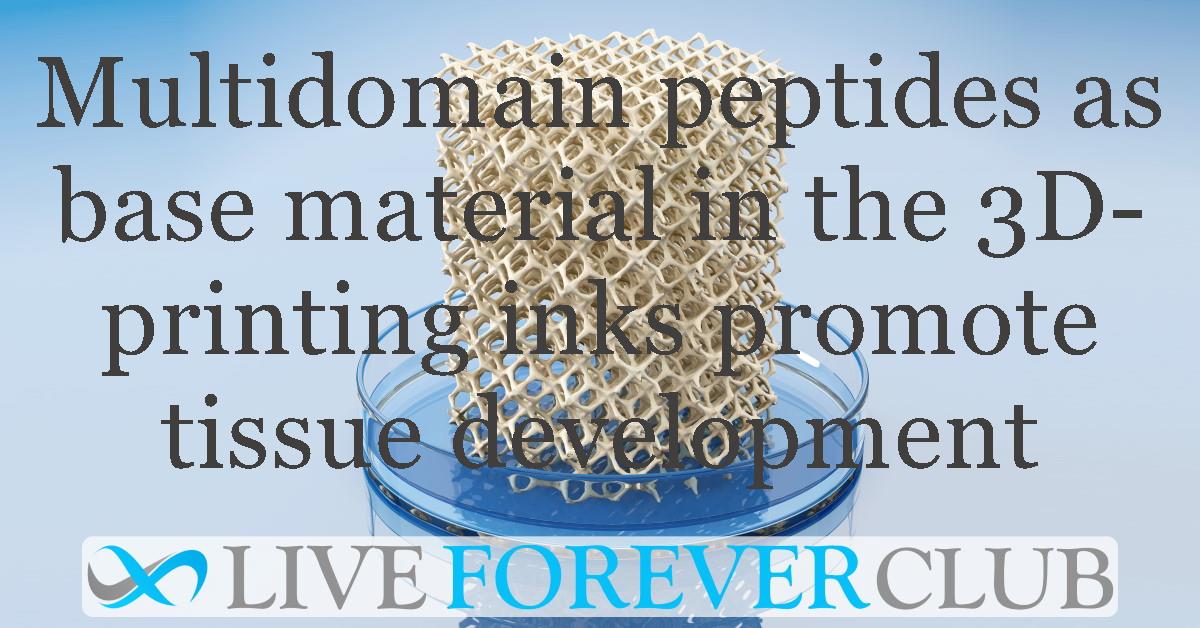Key points from article :
Scientists have created cell scaffolds for growing tissue using a material as soft as Jell-O.
It represents a potential leap forward for regenerative medicine and medical research in general.
Researchers in the lab have figured out how to 3D-print well-defined structures using a self-assembling peptide ink.
“Eventually, the goal is to print structures with cells and grow mature tissue in a petri dish. ... test drug candidates,” said Adam Farsheed, lead author.
Multidomain peptides have been used for nerve regeneration, cancer treatment and wound healing.
They promote high levels of cell infiltration and tissue development when implanted in living organisms.
“I recognized that our multidomain peptides are an ideal ink candidate because of the way they self-assemble,” he continued.
“It shows that we can control cell behavior using both structural and chemical complexity,” Farsheed said.
The study was carried out at the rice university and appeared in Advanced Materials.







